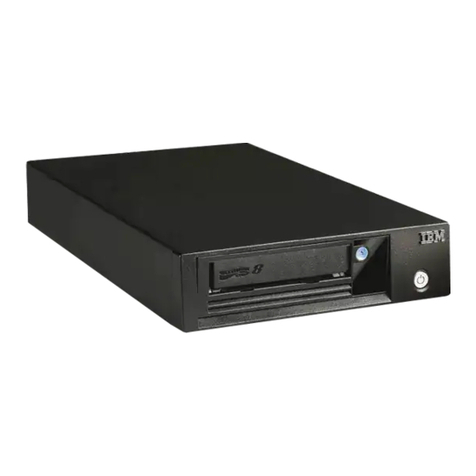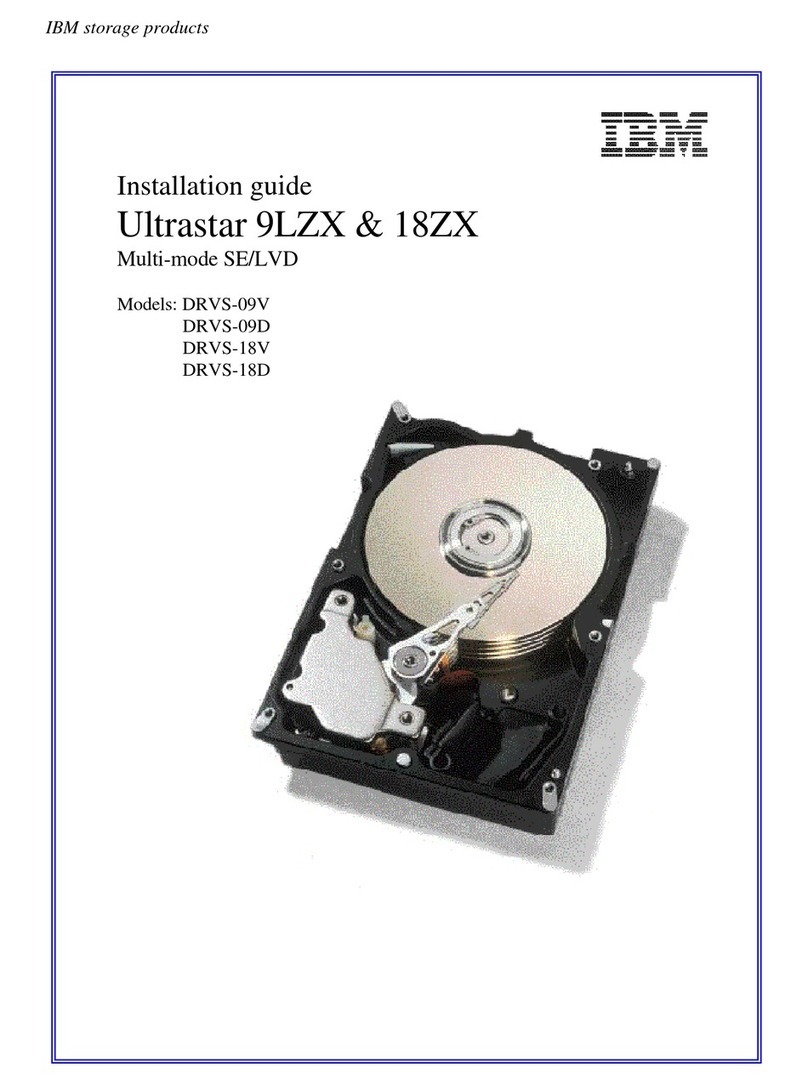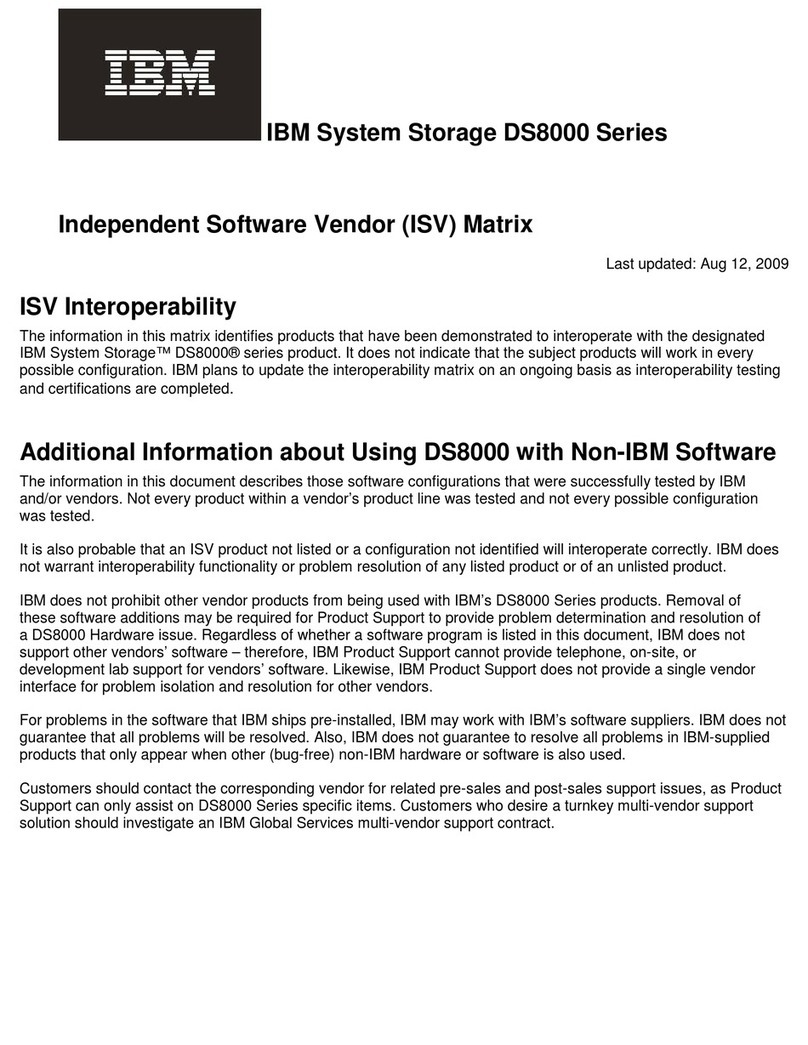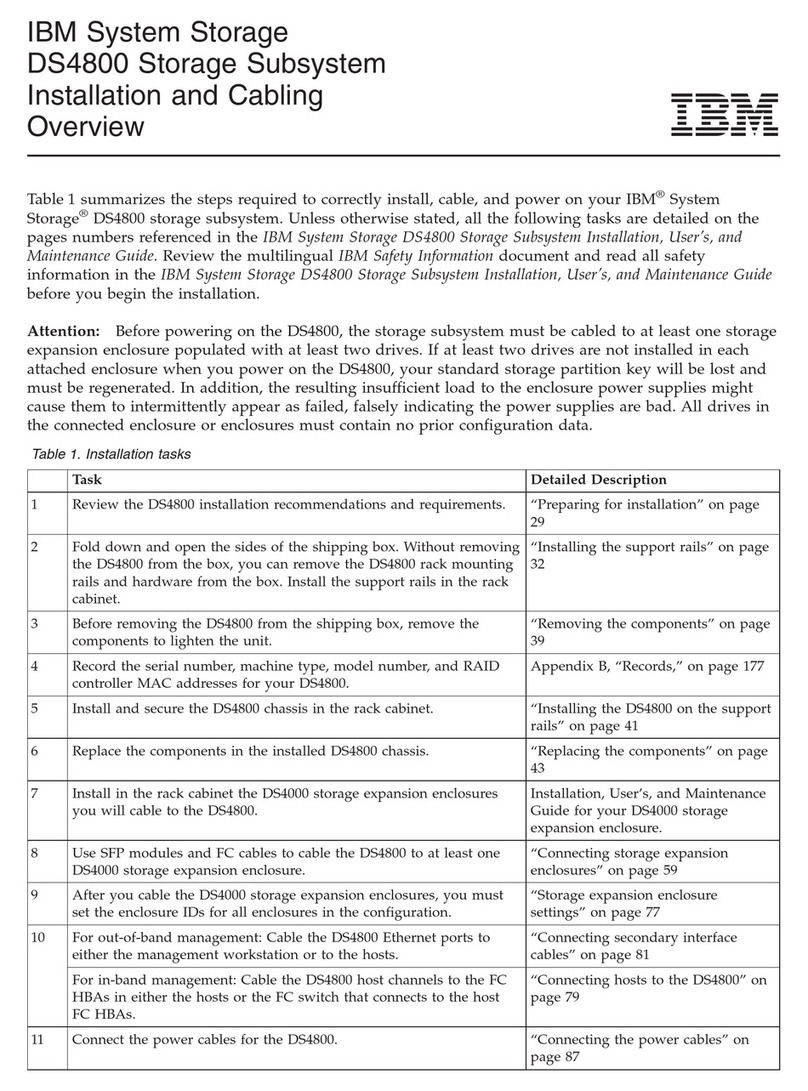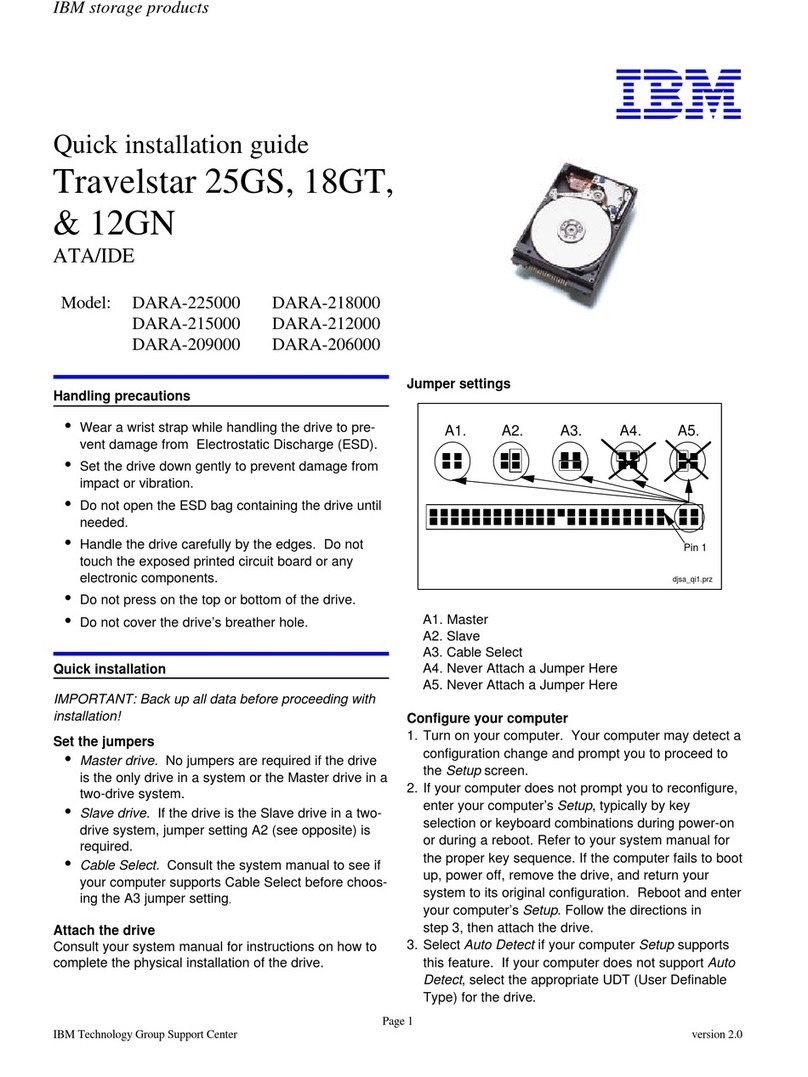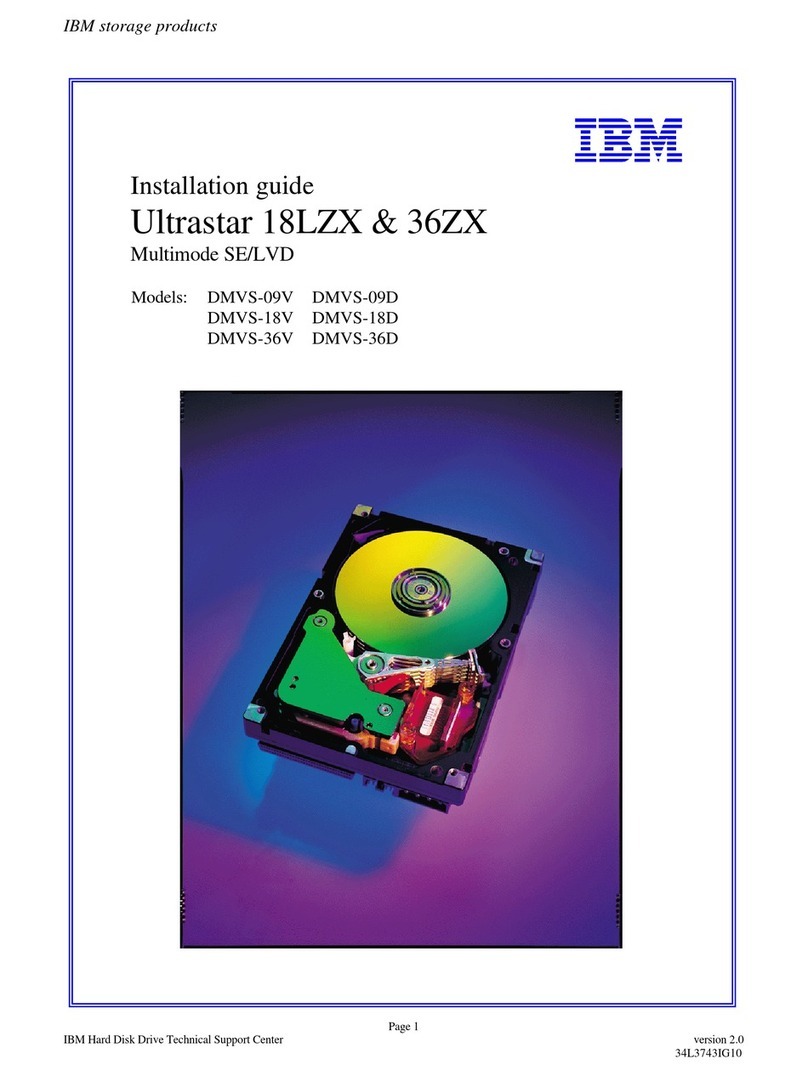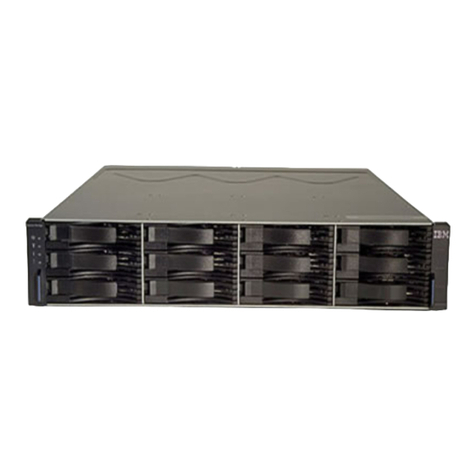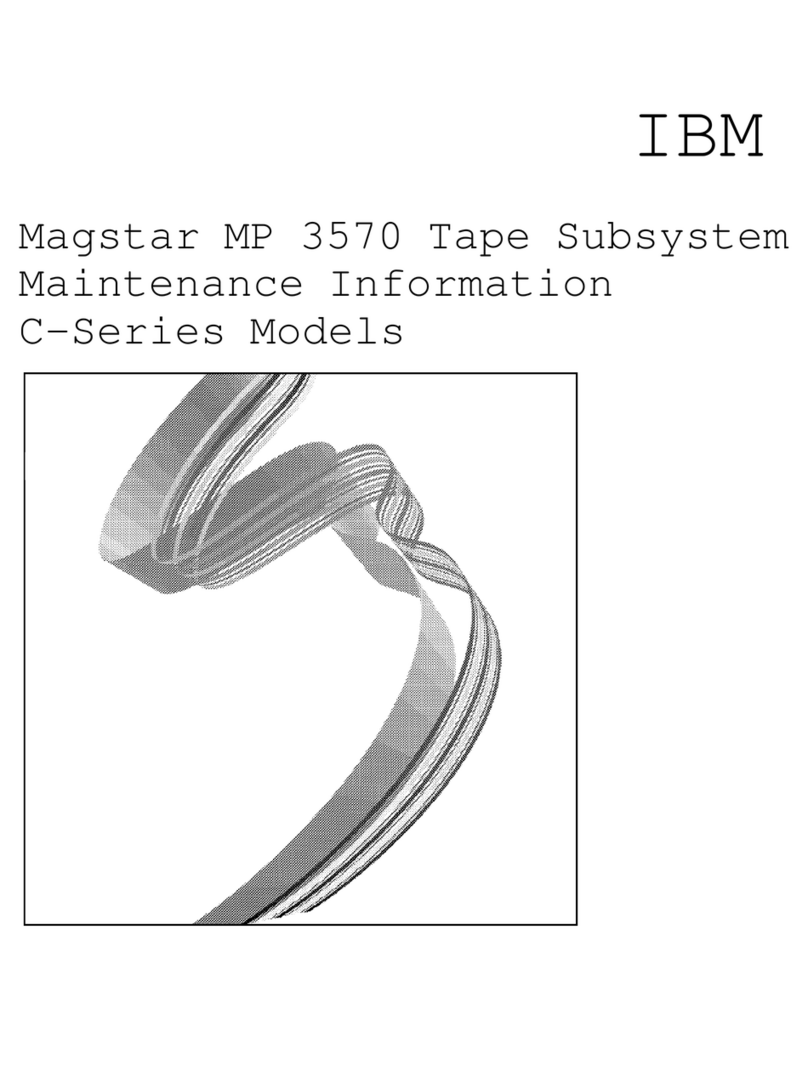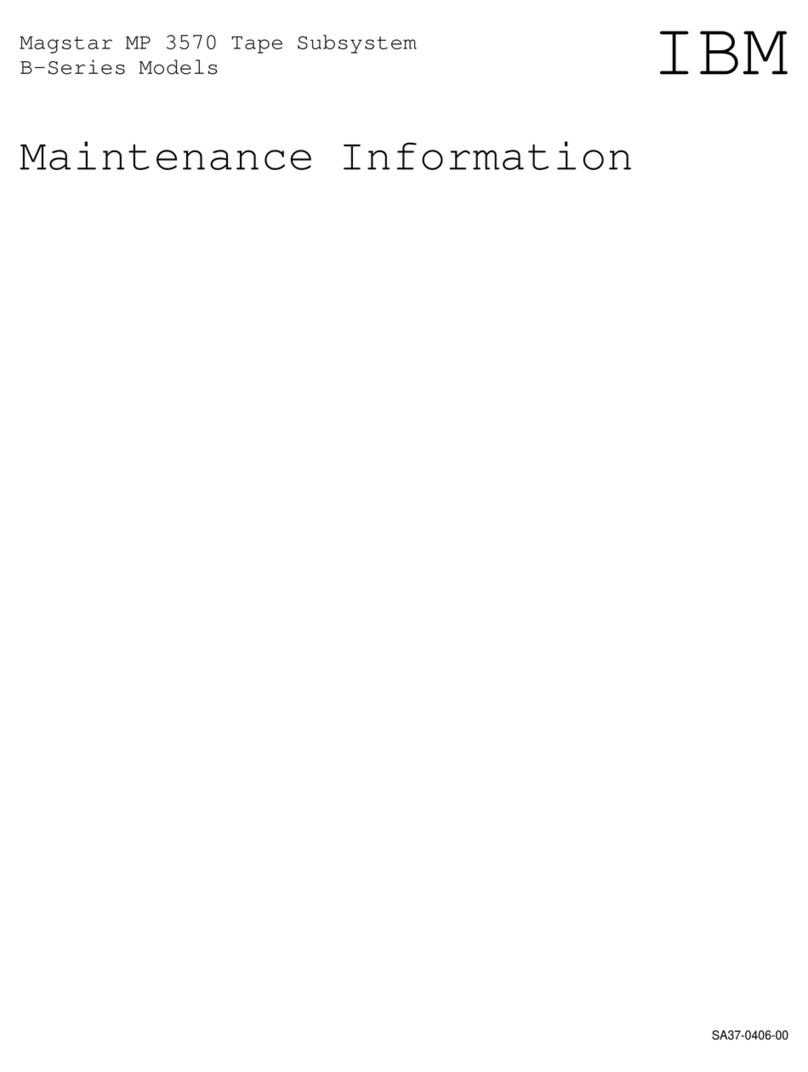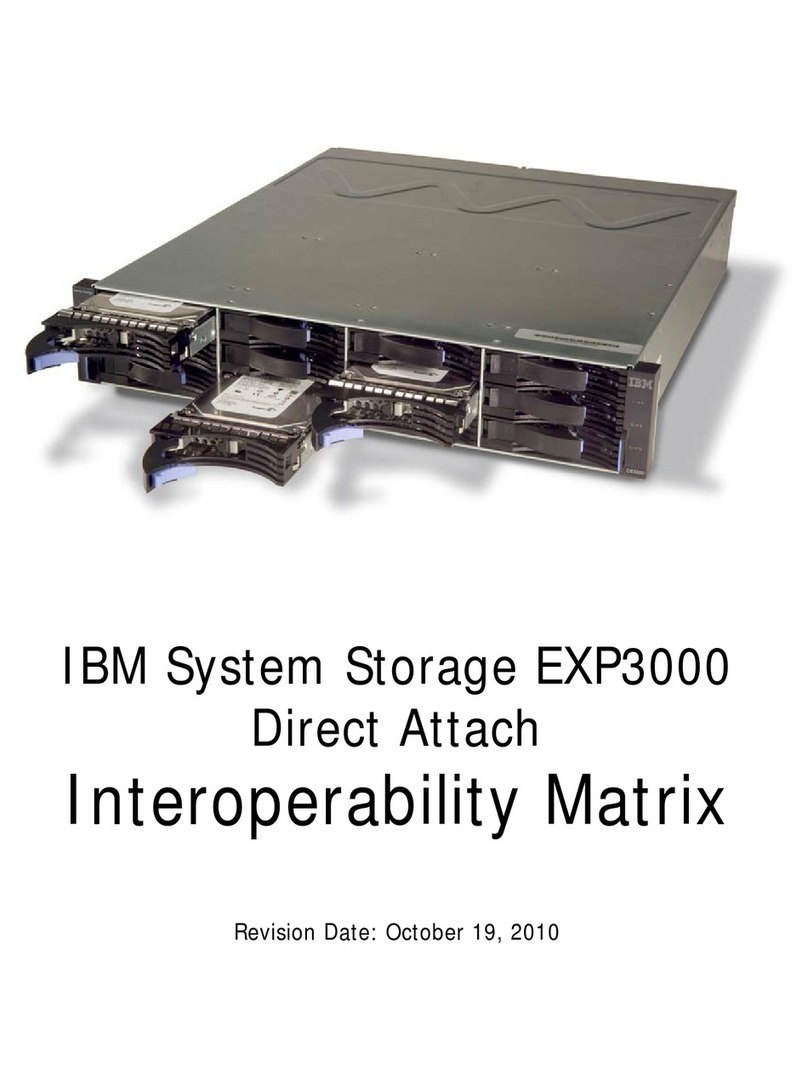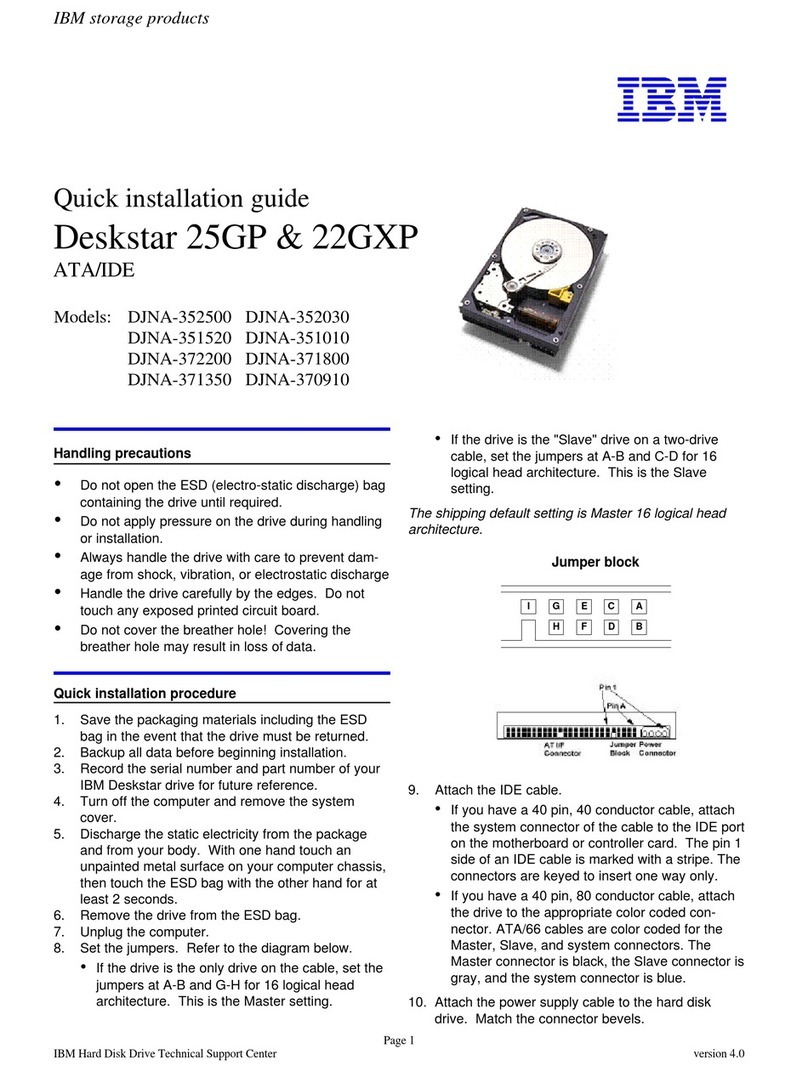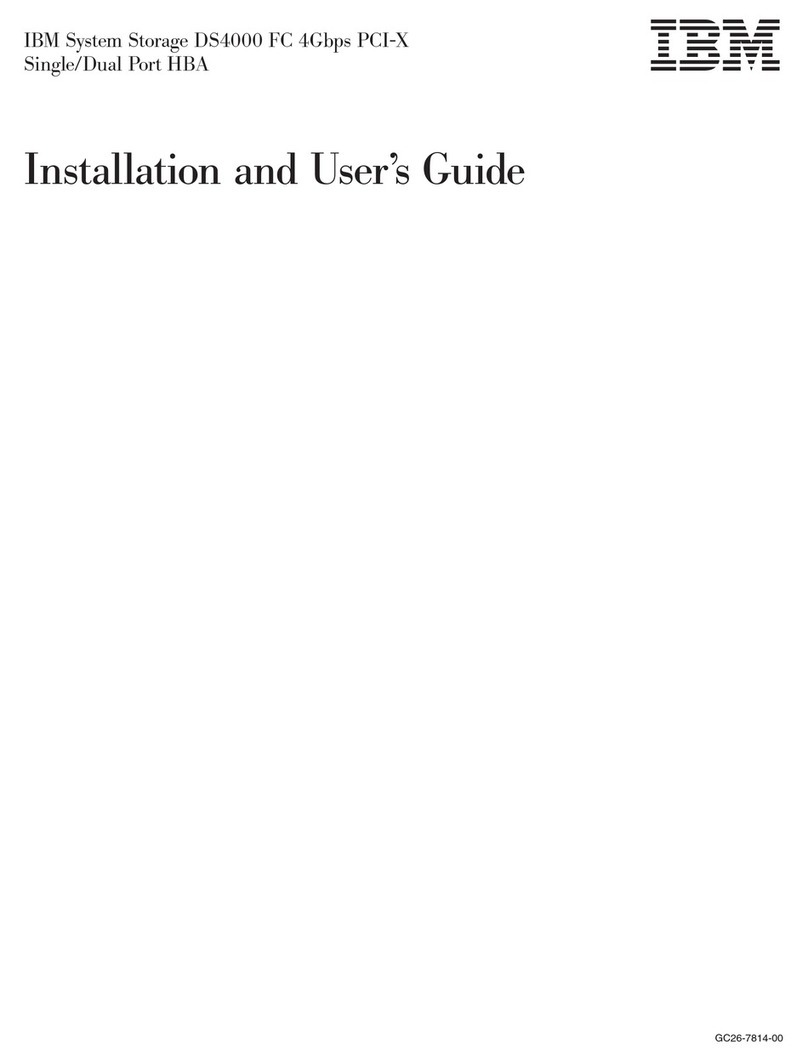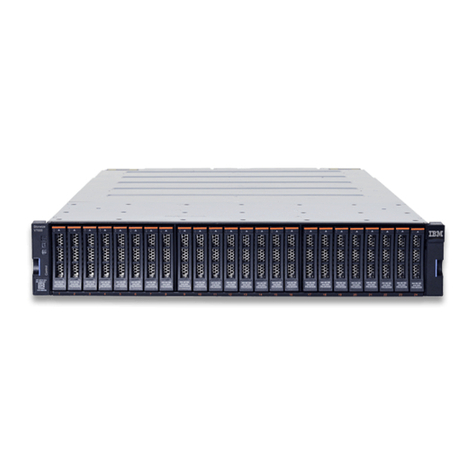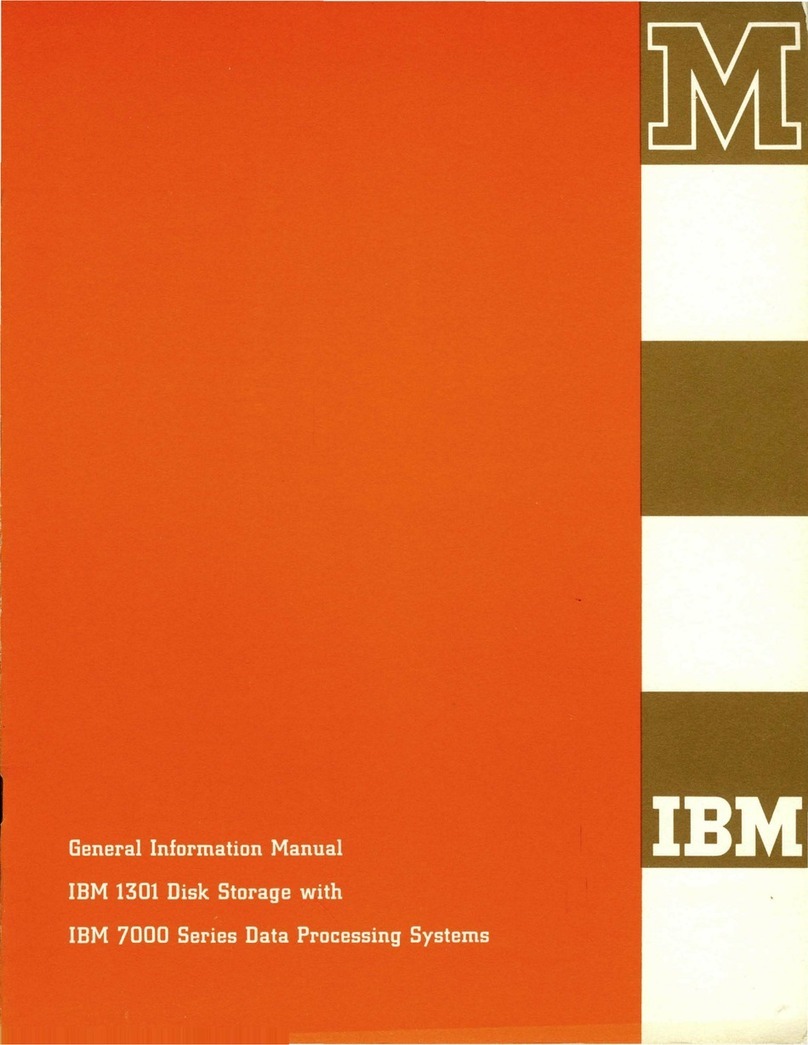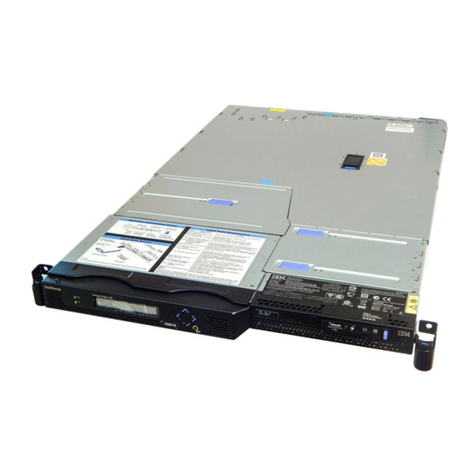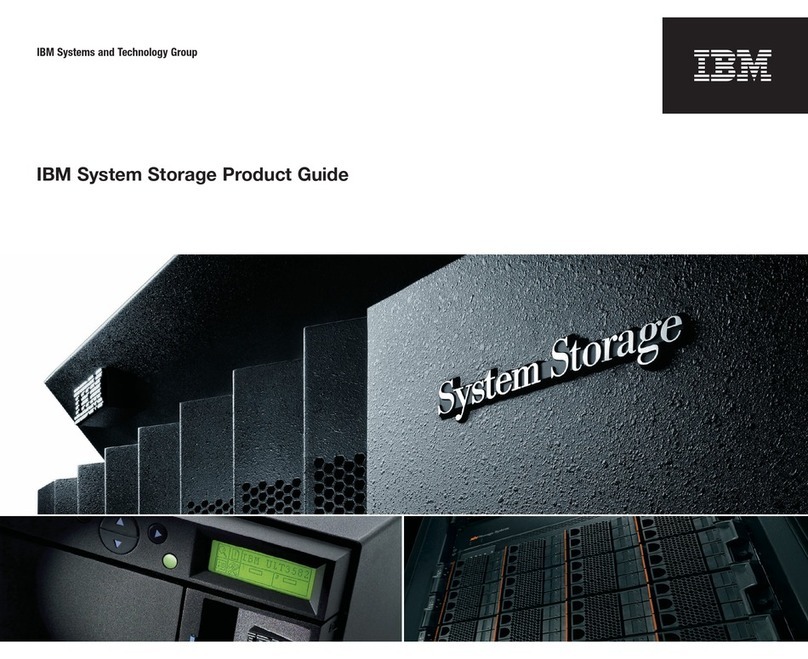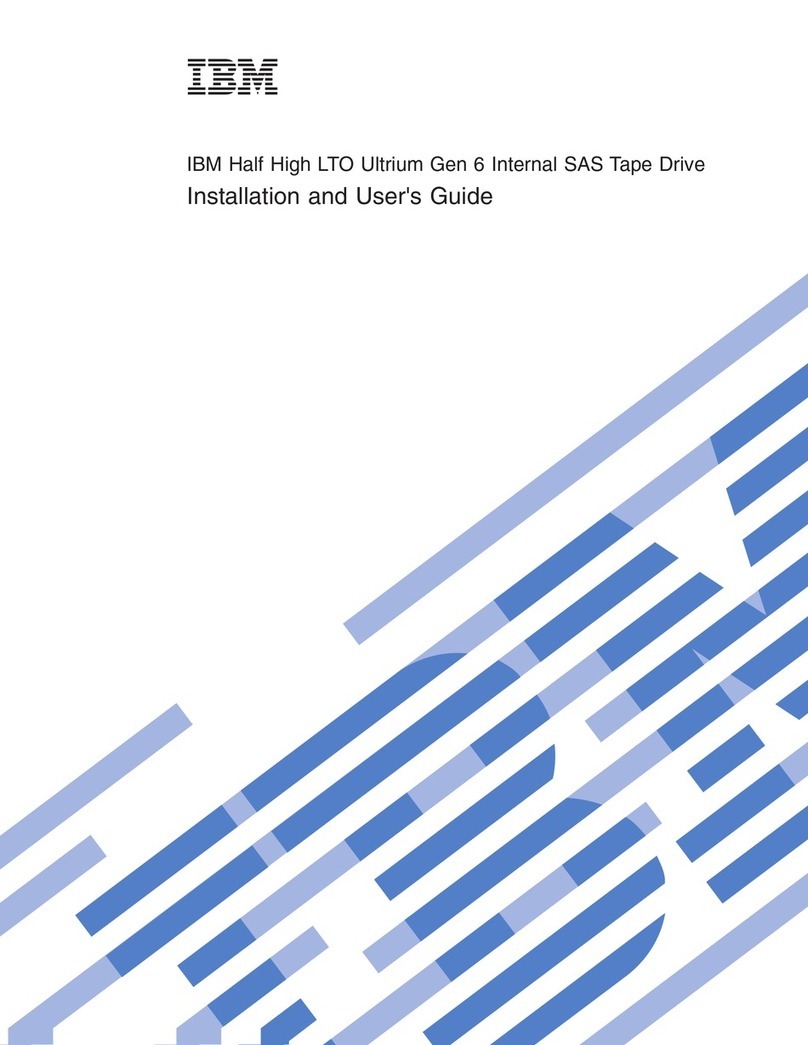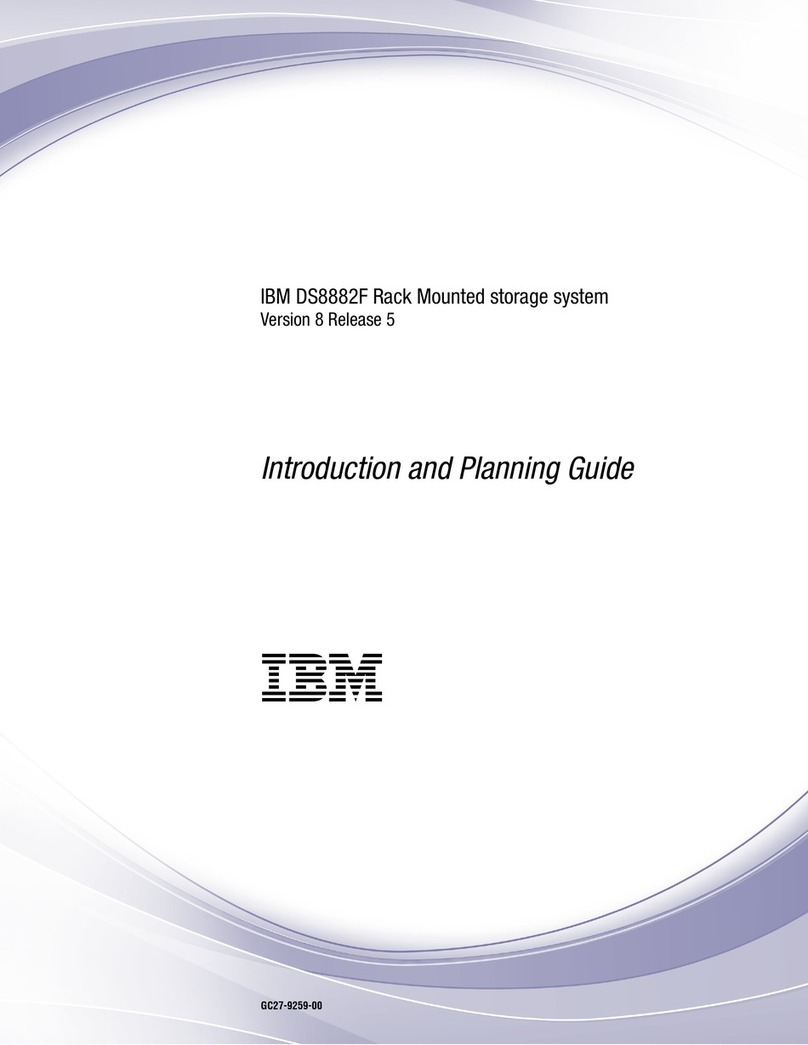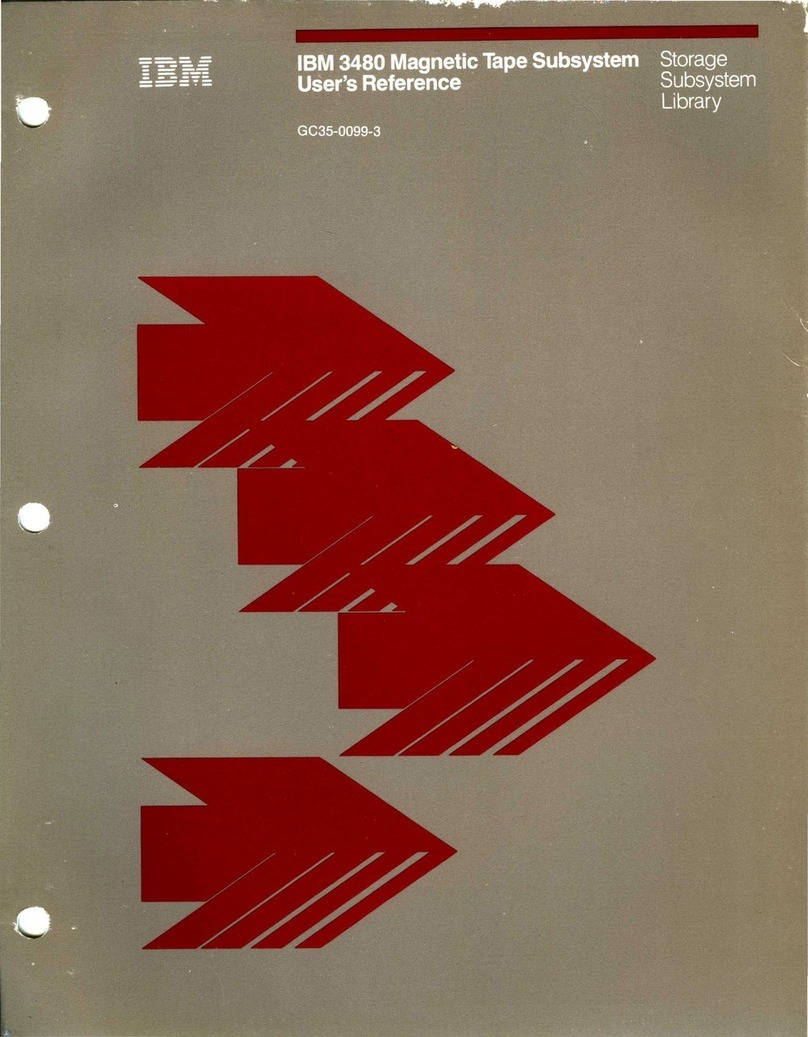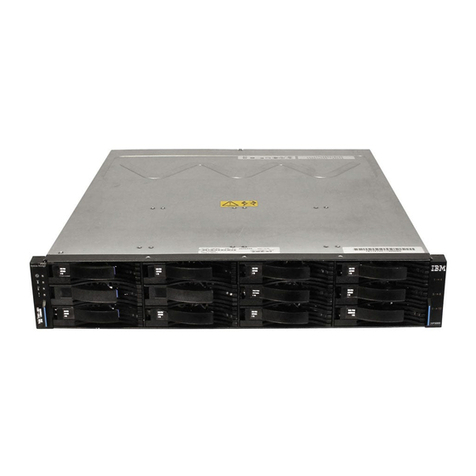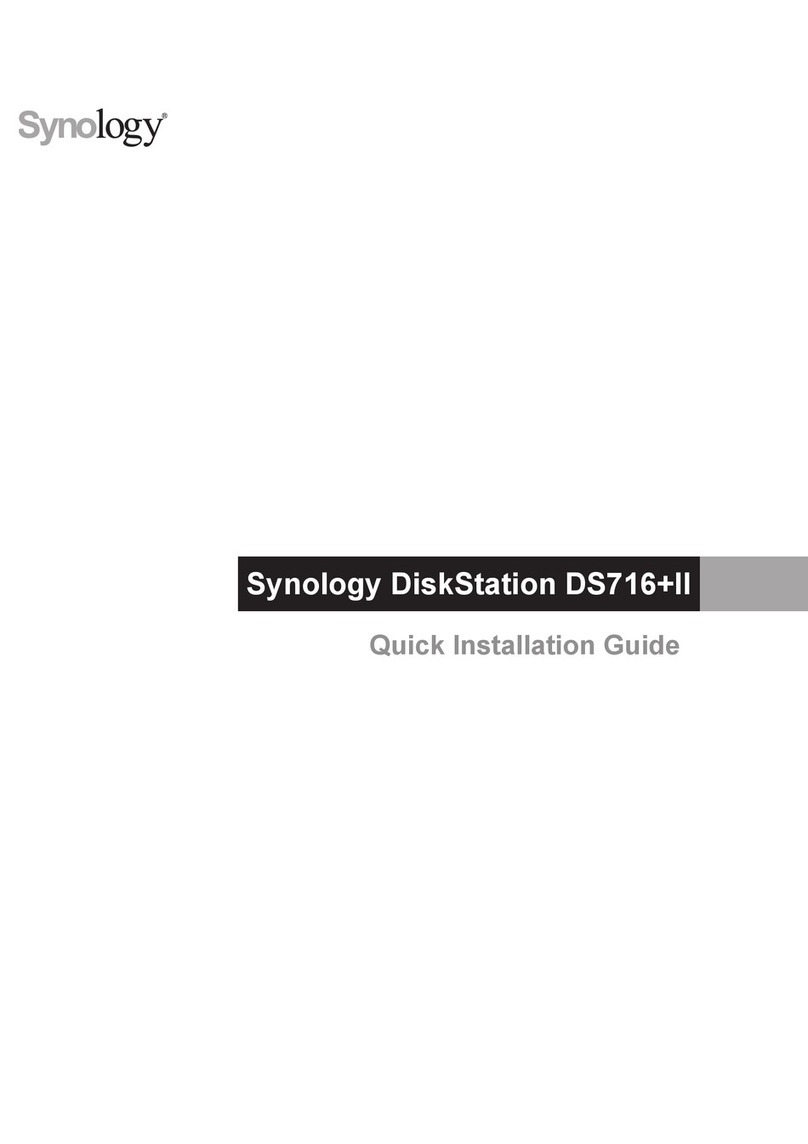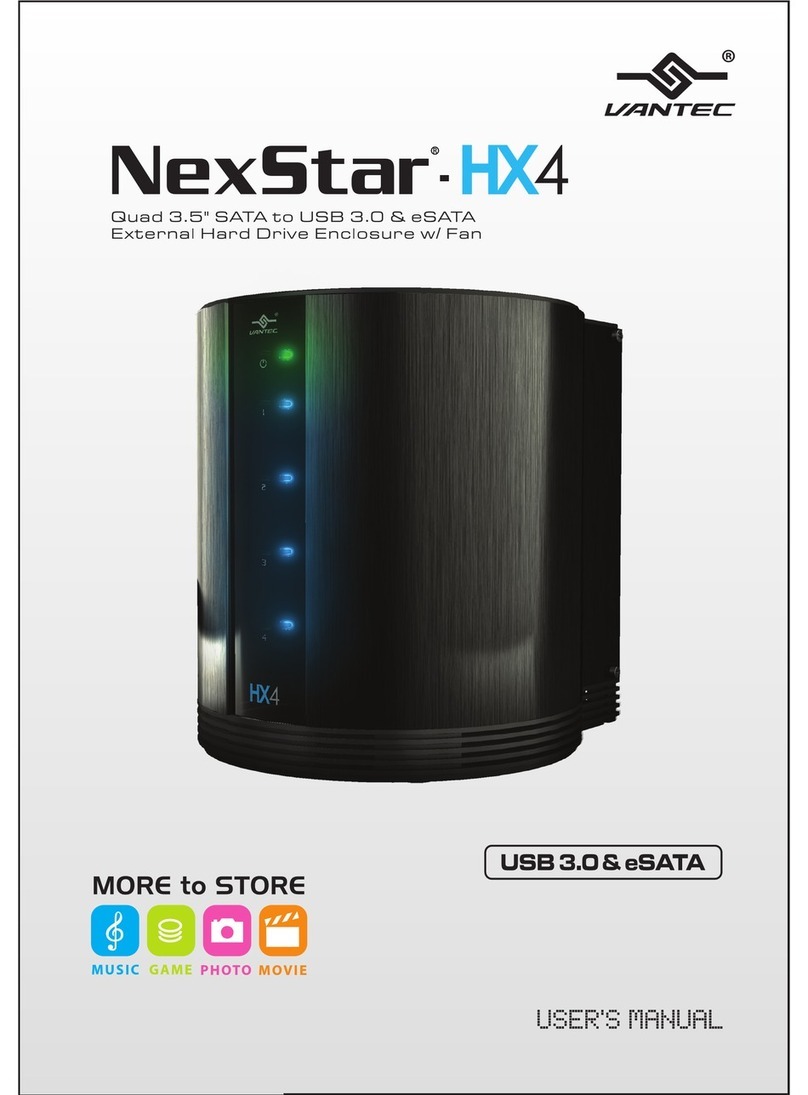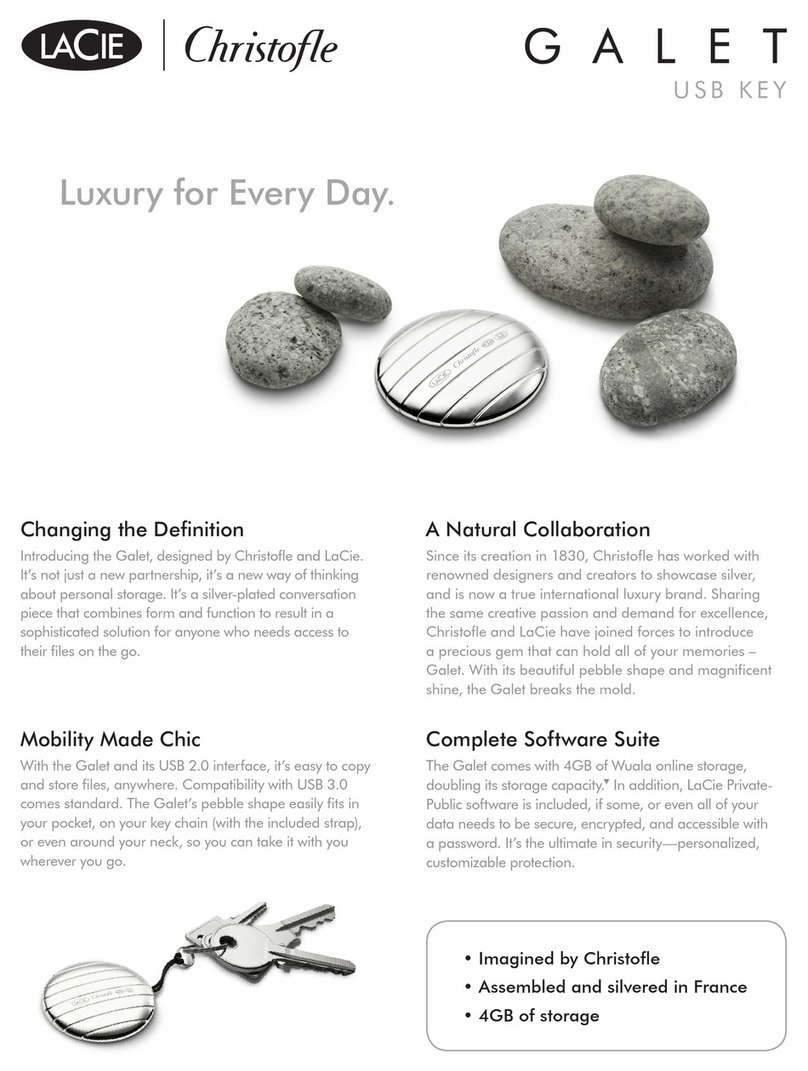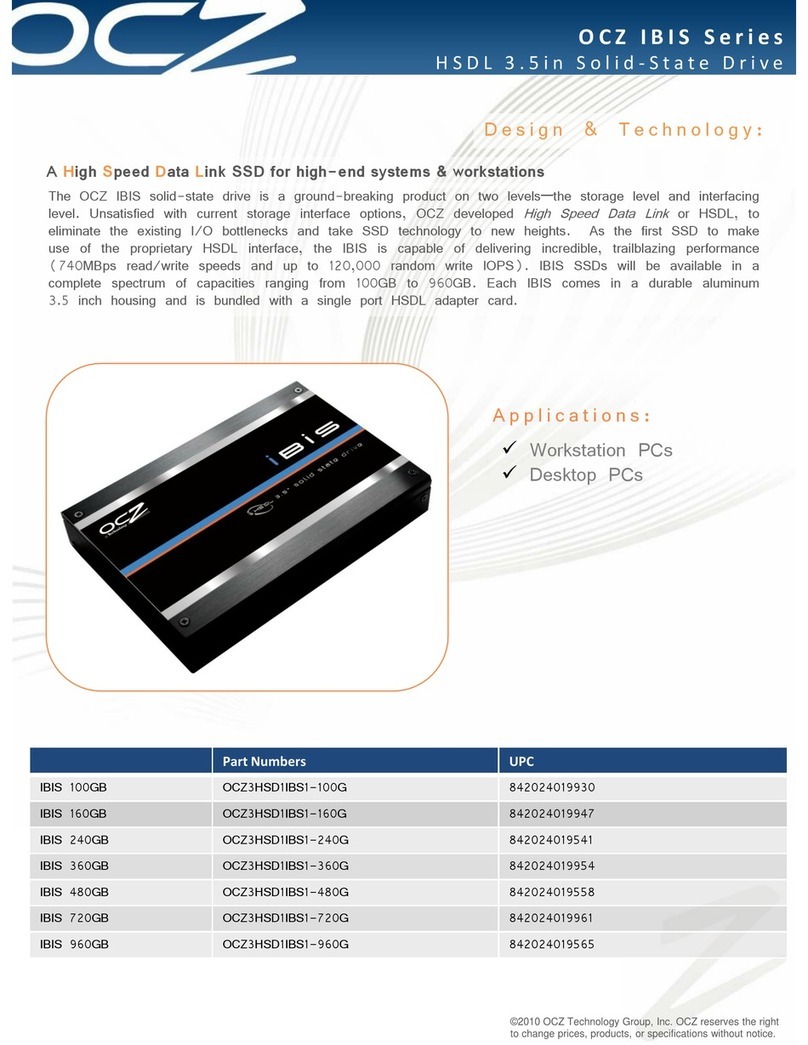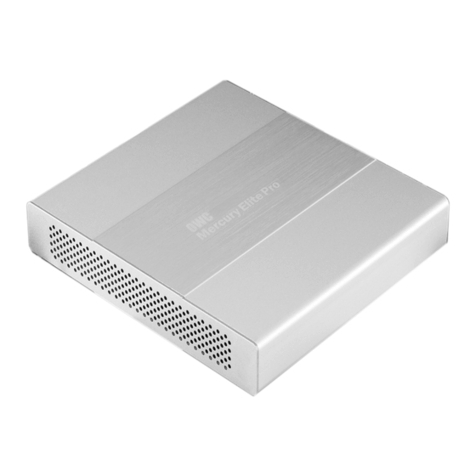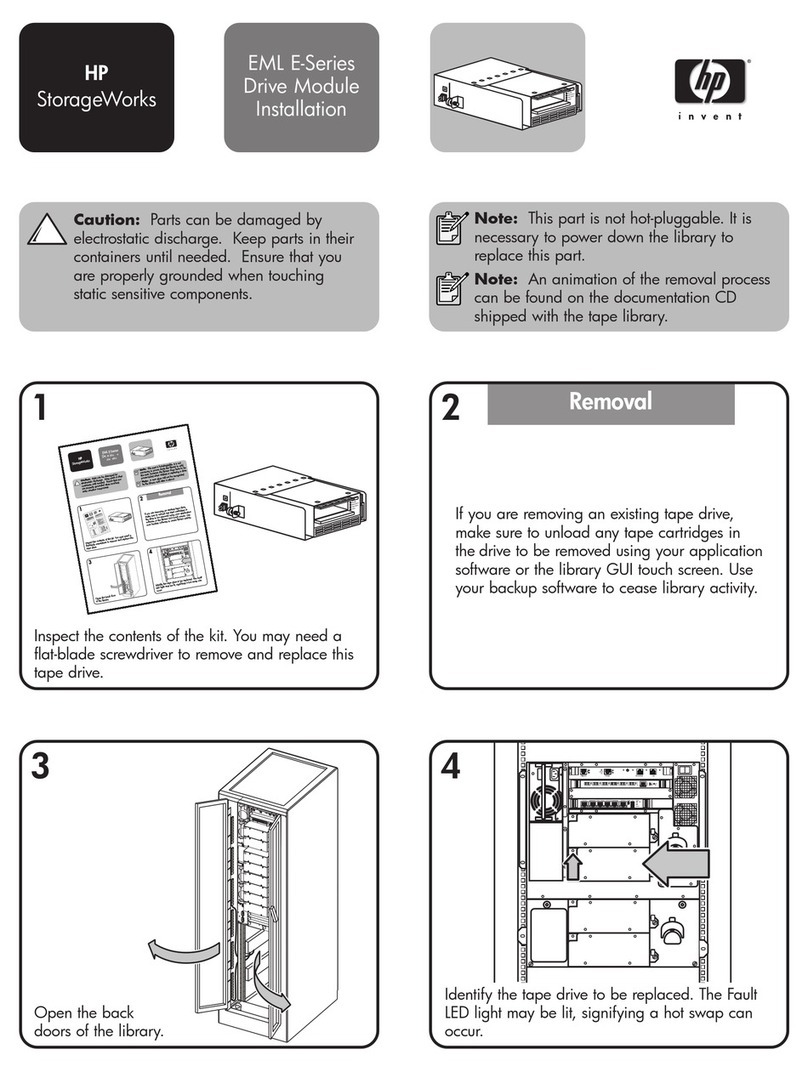
CE
SAFETY PRACTICES
All
Customer Engineers are expected
to
take every
safety
precaution possible and observe the
following
safety
practices
while
maintaining
IBM
equipment:
1. You should
not
work
alone under hazardous
conditions
or
around
equipment
with
dangerous voltage.
Always
advise
your
manager
if
you
MUST
work
alone.
2. Remove all power, ac and dc,
when
removing
or
assembling
major
components,
working
in immediate
areas
of
power
supplies, performing mechanical
inspection
of
power
supplies,
or
installing changes in
machine circuitry.
3.
After
turning
off
wall
box
power
switch,
lock
it
in
the
Off
position
or
tag
it
with
a
"00
Not
Operate"
tag,
Form 229-1266. Pull
power
supply
cord whenever
possible.
4.
VVhsn
it
is absolutely neCessary
to
work
on
equipment
having exposed operating mechanical parts
or
exposed
live electrical
circuitry
anywhere in the machine, observe
the
following
precautions:
a.
Another
person familiar
with
power
off
controls
must
be in immediate vicinity.
b. Do
not
wear
rings,
wrist
watches, chains, bracelets,
or
metal
cuff
links.
c. Use
only
insulated pliers and screwdrivers.
d. Keep one hand in pocket.
e.
When
using
test
instruments, be certain
that
controls
are set correctly and
that
insulated probes
of
proper
capacity are used.
f.
Avoid
contacting
ground
potential (metal
floor
strips,
machine frames, etc.). Use suitable rubber mats,
purchased locally
if
necessary.
5.
Wear
safety glasses
when:
a.
Using a
hammer
to
drive pins, riveting, staking, etc.
b. Power
or
hand drilling, reaming, grinding, etc.
c.
Using spring hooks, attaching springs.
d. Soldering,
wire
cutting,
removing steel bands.
e.
Cleaning parts
with
solvents, sprays, cleaners,
chemicals, etc.
f. Performing any
other
work
that
may be hazardous
to
your
eyes. REMEMBER-THEY ARE YOUR EYES.
6. Follow special
safety
instructions when performing
specialized tasks, such as handling cathode ray
tubes
and extremely high voltages. These instructions are
outlined in CEMs and
the
safety portion
of
the
maintenance manuals.
7. Do
not
use solvents, chemicals, greases,
or
oils
that
have
not
been approved by
IBM.
8.
Avoid
using
tools
or
test
equipment
that
have
not
been
approved
by
IBM.
9. Replace
worn
or
broken
tools
and test equipment.
10.
Lift
by
standing
or
pushing
up
with
stronger leg
muscles-this
takes strain
off
back muscles. Do
not
lift
any
equipment
or
parts
weighing
over
60
pounds.
11.
After
maintenance, restore all
safety
devices, such as
guards, shields, signs,
and
grounding wires.
12. Each Customer Engineer is responsible
to
be certain
that
no
action on his
part
renders products unsafe
or
exposes
customer
personnel
to
hazards.
13. Place removed machine covers in a safe
out-of-the-way
place
where
no
one can
trip
over them.
14. Ensure
that
all machine covers are in place before
returning machine
to
customer.
viii
15.
Always
place
CE
tool
kit
away
from
walk
areas
where
no
one can
trip
over
it;
for
example, under desk
or
table.
16.
Avoid
touching
moving
mechanical parts
when
lubricating, checking
for
play, etc.
17.
When
using stroboscope,
do
not
touch
ANYTHING-it
may be moving.
18.
Avoid
wearing loose
clothing
that
may be
caught
in
machinery.
Shirt
sleeves
must
be
left
buttoned
or
rolled
above
the
elbow.
19. Ties
must
be tucked in
shirt
or
have a
tie
clasp
(preferably nonconductive) approximately 3 inches
from
end. Tie chains are
not
recommended.
20. Before starting equipment, make certain
fellow
CEs and
customer personnel are
not
in a hazardous position.
21. Maintain good housekeeping in area
of
machine
while
performing and
after
completing maintenance.
Knc\,vin; safety
iuI6S
is
not enough.
An
unsafe
act
will
inevitably
lead
to
an
accident.
Use
good
judgment-eliminate
unsafe
acts.
ARTIFICIAL RESPIRATION
General
Considerations
1. Start
Immediately-Seconds
Count
Do
not
move
victim
unless absolutely necessary
to
remove
from
danger. Do
not
wait
or
look
for
help
or
stop
to
loosen clothing,
warm
the victim,
or
apply
stimulants.
2. Check
Mouth
for
Obstructions
Remove foreign objects. Pull tongue
forward.
3. Loosen
Clothing-Keep
Victim
Warm
Take care
of
these items after victim is breathing
by
himself
or
when
help is available.
4. Remain in Position
After
victim revives, be ready
to
resume respiration
if
necessary.
5. Call a
Doctor
Have someone
summon
medical aid.
6.
Don't
Give
Up
Continue
without
interruption until victim is breathing
without
help
or
is certainly dead.
Rescue
Breathing
for
Adults
1.
Place victim on his back immediately.
2. Clear
throat
of
water,
food,
or
foreign matter.
3.
Tilt
head back
to
open
air
passage.
4.
Lift
jaw
up
to
keep
tongue
out
of
air passage.
5. Pinch nostrils
to
prevent
air
leakage
when
you
blow.
6.
Blow
until you see chest rise.
7.
Remove
your
lips and
allow
lungs
to
empty.
8. Listen
for
snoring and
gurglings-signs
of
throat
obstruction.
9. Repeat
mouth
to
mouth
breathing 10-20 times a minute.
Continue rescue breathing until victim breathes
for
himself.
Thumb
and
finger
positions Final
mouth-to-
mouth
position

